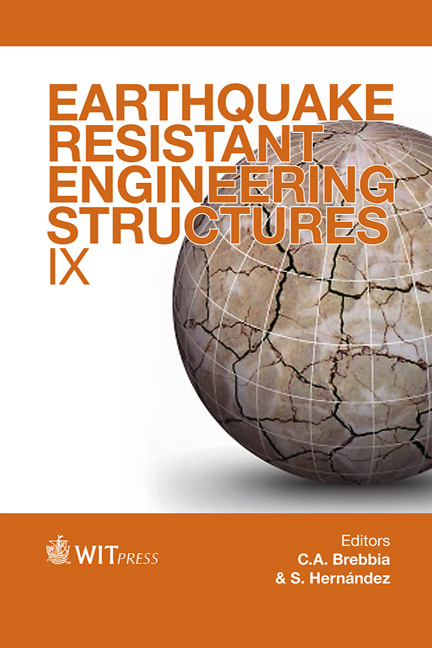Effects Of Using Innovative Seismic Isolation Technique On Masonry: Tunnelling Work Required
Price
Free (open access)
Transaction
Volume
132
Pages
12
Page Range
369 - 380
Published
2013
Size
2,358 kb
Paper DOI
10.2495/ERES130301
Copyright
WIT Press
Author(s)
B. A. Zeeshan, A. De Stefano & S. Invernizzi
Abstract
Seismic upgrading of historical, industrial and other important buildings is a major challenge faced by engineers. An innovative method of base isolation was proposed by Clemente and De Stefano (\“Application of seismic isolation in the retrofit of historical buildings” (2011)), requiring construction of closely spaced micro-tunnels under the entire width of a building. This paper addresses the issue of damage assessment of the masonry due to the ground subsidence that will result from the construction of microtunnels. The parametric finite element approach is adopted to study the susceptibility of masonry to damage, considering stiffness of soil and masonry, openings in masonry, depth of tunnels, construction sequence of tunnels and behavior of soil-structure interface. Coupled analysis is performed and plain strain conditions are assumed for the simulation of tunnel construction. The damage sustained by the masonry is categorized; feasible construction conditions are highlighted, and preventive measures are proposed for unfavourable situations. It is concluded that this method can be used for the seismic isolation of structures in a variety of soil conditions. Keywords: microtunnelling, seismic isolation, damage assessement, parametric study, soil-structure interaction, closely spaced, multiple tunnels.
Keywords
microtunnelling, seismic isolation, damage assessement, parametric study, soil-structure interaction, closely spaced, multiple tunnels





